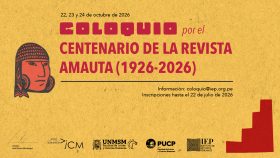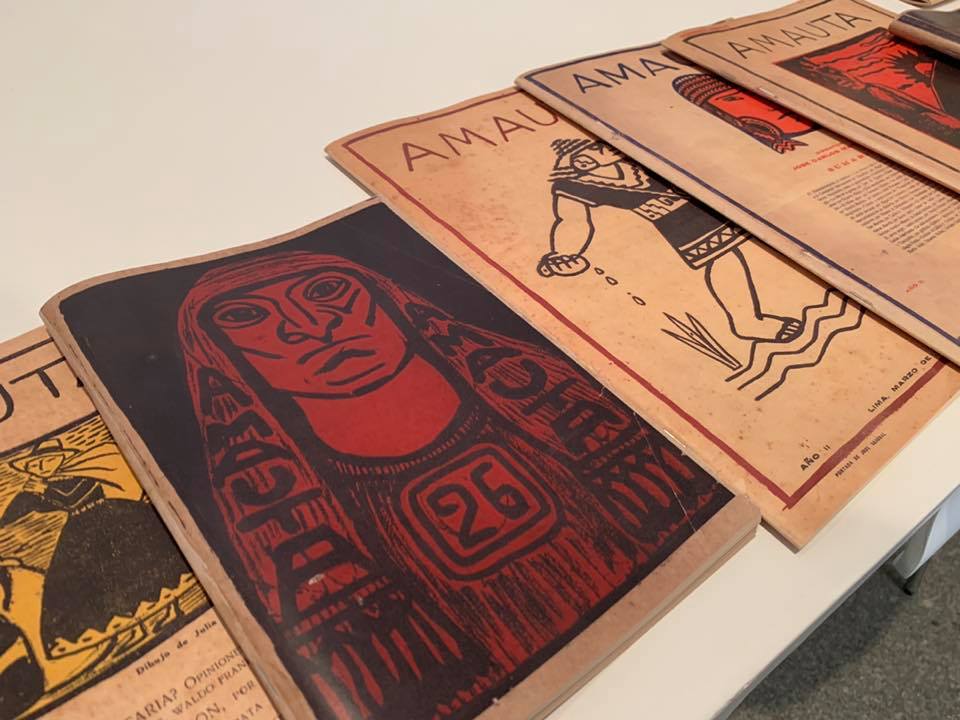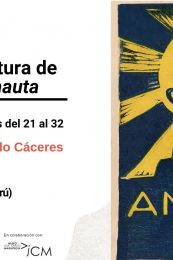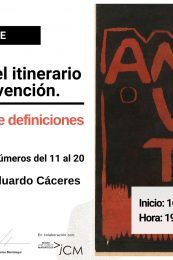Una vanguardia americanista e indigenista: sobre «Redes de vanguardia. Amauta y América Latina, 1926-1930»
5 marzo, 2019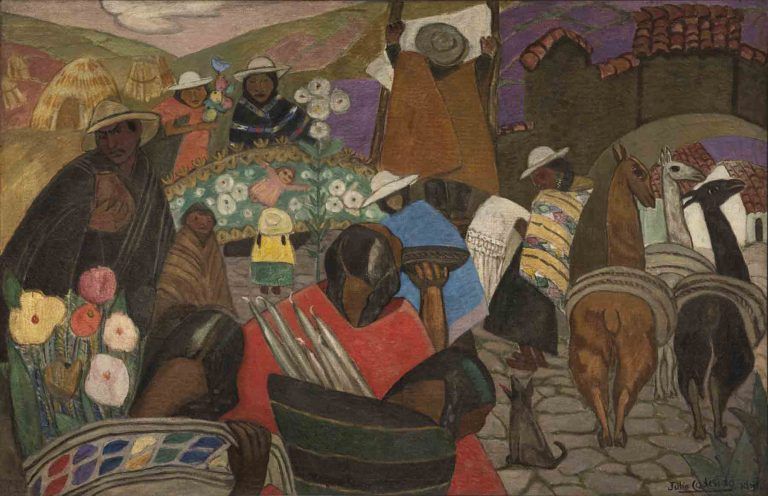
4 de marzo de 2019. «Indeed, Amauta was indispensable to create a new ideological environment in Peru and Latin America. Throughout its 32 issues, the magazine managed to bring together the most progressive artistic expressions and ideas of the time. Marxist analysis converged in its pages along with concerns that arose in indigenist circles, reflections on the artistic vanguards, and even founding essays of psychoanalysis. Through a non-negligible circulation (between three and four thousand copies) and an extensive and heterogeneous network of agents and correspondents in Latin America and Europe, Amauta managed to strengthen its scope and international impact. Redes de vanguardia: Amauta y América Latina, 1926-1930, an exhibition curated by art historians Beverly Adams (curator of Latin American art at the Blanton Museum of Art, University of Texas at Austin) and Natalia Majluf (who just left the leadership of the Museo de Arte de Lima, MALI), examines the decade of the 1920s from the perspective of the magazine. The exhibition brings together 300 contemporary works to the show, covering various media and formats: painting, drawing, sculpture, photography, popular art pieces, and archival documentation. Among the artists represented in the exhibition are Ramón Alva de la Canal and Diego Rivera (Mexico); Camilo Blas, Martín Chambi, Julia Codesido, Elena Izcue, César Moro and José Sabogal (Peru); Norah Borges, Emilio Pettoruti and Xul Solar (Argentina); Carlos Mérida (Guatemala) and Tina Modotti (Italy).»
